During these newsletters, I often ask myself what I should focus my writing towards. I am not a writer. Yes, I can put together a few sentences with cohesion, but I often find myself dragging along until I have lost all trace of my original idea… perhaps I’ve read Beowulf too many times. To refrain myself from such meanderings, I follow my first question with, “Well, Eric, why did you select this wine?” My answer seems to fall into two simple responses; site or producer. This terroir lends towards a wine of a certain style that I believe fits my current craving. This producer is well-known for expressing the site in the most transparent way. Perhaps this is too French a concept, that a vigneron is only a caretaker while the wine is truly made within the vineyard; however, even the most pragmatic wine chemist will agree that exquisite fruit can only be ripened in the correct soils. Thus, I am usually drawn back to discussing site. As the colder evenings approach us, I tend to crave a warmer Syrah, and one site that cannot be ignored when mentioning Syrah is Côte-Rôtie.
Lieux-dits of Cote-Rotie - learn more here.
Côte-Rôtie is a small appellation located in the Northern Rhône valley in France. If you’re unfamiliar with wines from Rhône, I’ll quickly mention some of the more popular AOPs (Appellation d’Origine Protégée, France’s official winegrowing appellation system): Côtes du Rhône, Châteauneuf-du-Pape, and Hermitage. While the CDP and the majority of Côtes du Rhône lie in the southern half, Hermitage is in the north, and until quite recently was regarded as the only iconic site to produce full-bodied Syrah, an impression which was devastating to producers of Côte-Rôtie. In fact, only 50 years ago, Côte-Rôtie had less than 200 acres of vineyard in production, a terrifying fact since the appellation had been known for producing exquisite wines for well over 2000 years. Due to the steep incline of the two iconic hills that comprise the Côte-Rôtie, Côte Brune and Côte Blonde, and the relatively low market value of the wines, grape-growers lost interest in the roasted slopes. Thankfully, a renaissance in the past 30 years has occurred cementing the appellation’s status as an iconic site for producing enchanting, memorable wines amongst the world wine market.
Cote Brune (brown) and Cote Blonde - learn more about Cote-Rotie
The two sibling hills, Côte Brune and Côte Blonde, create the iconic landscape of Côte-Rôtie and are so named for their distinguishable soils. To the south, we have Côte Blonde comprised of broken granite and gneiss with sandy limestone, giving a blonde appearance to the slope. In the north, schist and heavy clay with traces of oxidized iron create the brown Côte Brune. Similarly, the wines from Côte Brune have a rich, tough (almost brute) quality, whereas Côte Blonde produces wines of a lighter, more early maturing nature.
Barruol Lynch Cote-Rotie “La Boisselee” 2013 - courtesy of Kermit Lynch Importers
Barruol Lynch is a producer primarily based in the Southern Rhône’s Gigondas; however, they do négociant work with selected small parcels along the Northern Rhône, though in micro-quantities. Each year, Kermit Lynch, one of the most lauded wine importers across the globe, creates a unique blend in the cellars at Barruol Lynch (of no relation). The 2013 Côte Rôtie La Boisselée was a cuvée of several barrels blended from the same lieu-dit, Le Plomb. Le Plomb is an individual vineyard site located along a smaller hillside just east-northeast of Côte Brune, though it’s character lies somewhere between. Rich, opulent fruit with exotic spice and perfume swell from the glass. Ripe raspberry, blackberry, blueberry and boysenberry, heavy and spicy. Syrah’s iconic cracked peppercorn nose is mixed with sweet and savory tones of olive, eucalyptus, lavender and cured meat. Whereas the nose expresses the power of Côte Brune, the palate shows more finesse. Bright, sharp red fruit notes hit the tongue and are supported by firm, elegant tannins and somewhat warm alcohol.
Quick Notes:
Who: Louis Barruol – a 14th generation winemaker at a 16th century domaine in Southern Rhône’s Gigondas
Where: Côte Rôtie – Le Plomb
What: 100% Serine (local name for Syrah)
How: whole-cluster fermentation in cement tank, aged 15 months in neutral barrels, bottled unfined and unfiltered by Kermit Lynch importers
Serve: 60-65 F with grilled or roasted ribs, preferably with heavy spices
Age: drink now (recommend decanting) through 2025
Barruo Lynch Domaine
“Louis Barruol is an indefatigable force in the Rhône. He is the fourteenth generation in his family to be making wine in this sixteenth-century domaine in Gigondas. On what was once the site of a Roman villa, Louis’ cellars show spectacular remains of old, Roman vinification vats carved into the limestone. Here, Louis works with different grape varietals from the Rhône, vinifying each parcel separately. He has recently taken to acting as a micro-négociant, working closely with top growers in the northern part of the region who still work with Sérine, an ancient version of Syrah. Producing only a few precious barrels of each cuvée, Louis is helping to save the authenticity and the identity of many great old Côte Rôtie parcels, and now those of Hermitage and Crozes, by keeping them out of the hands of the large, corporate négociants in the area. Together, he and Kermit blend our Northern Rhône wines and a Southern Côtes du Rhône Blanc and Rouge, from a selection of Louis’ purchases. Louis selects the best parcels he can find, and then Kermit shows up and either has a cuvée bottled unfiltered, or he blends to find the assemblage that satisfies his aesthetic criteria.”





